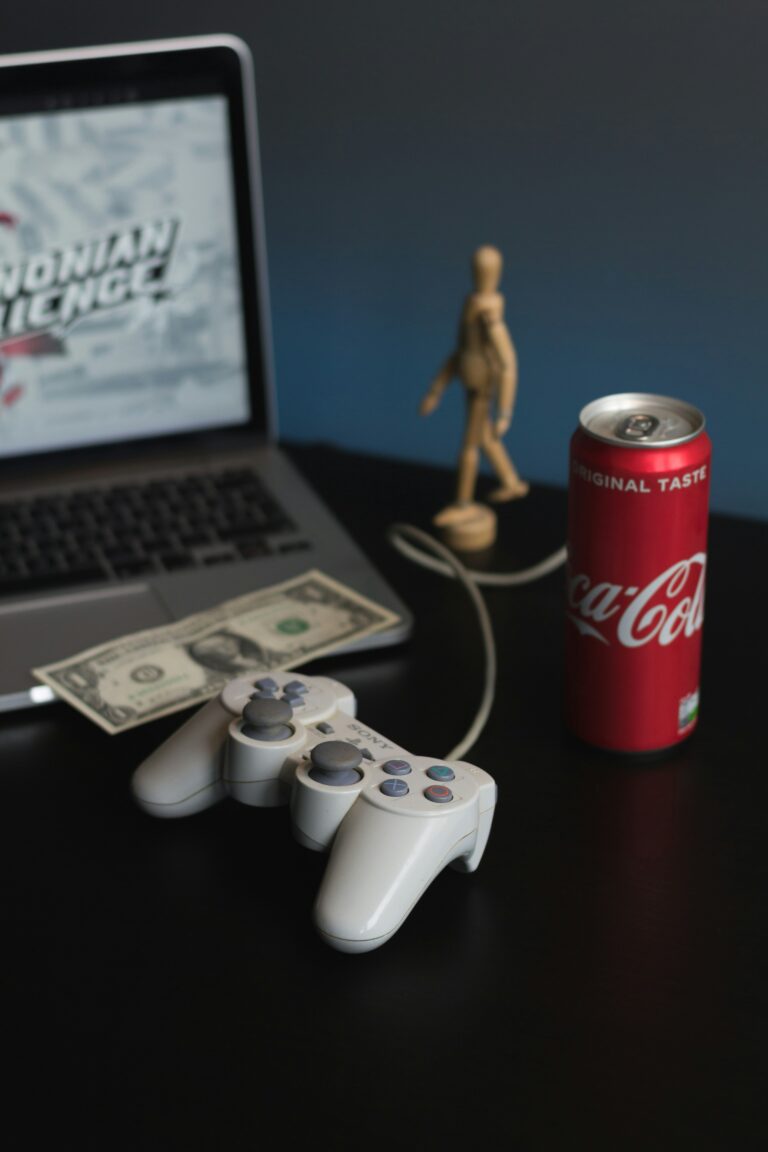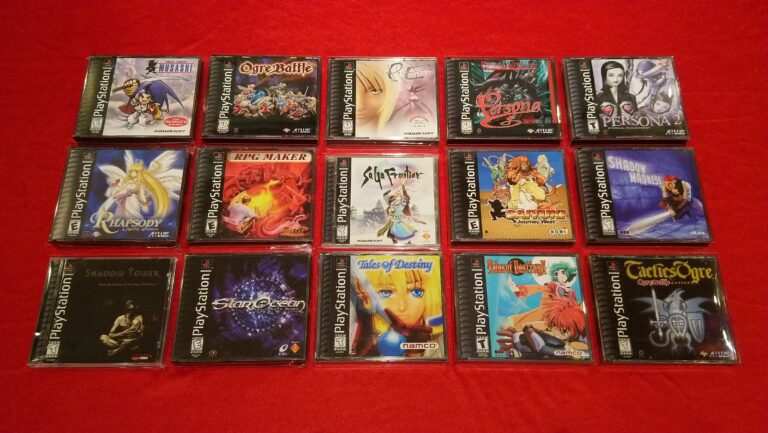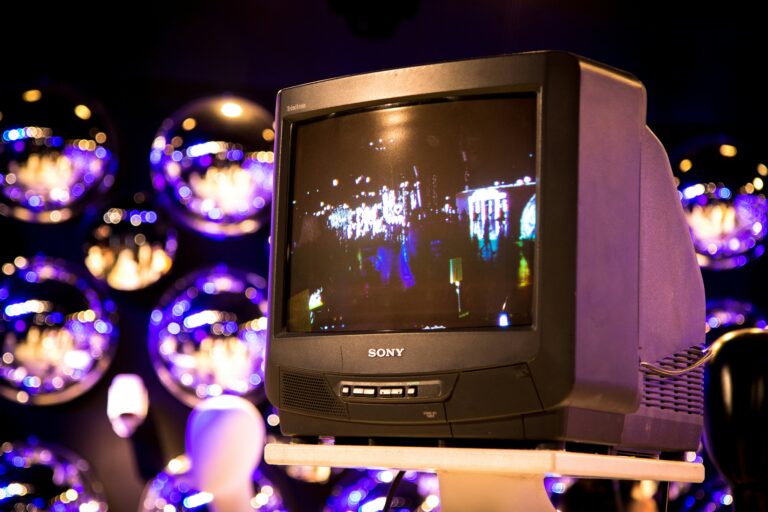In the world of video games, there is a certain appeal that vintage consoles have, one that the latest models, despite their cutting-edge technology, can’t seem to replicate. The nostalgic allure of these retro devices, paired with the classic games they host, has fueled a resurgence in their popularity. They represent the pioneering stages of a now multi-billion dollar industry and are treasured pieces of tech history. However, caring for and maintaining these systems to ensure they continue to function as they should can be challenging. In this article, we’ll be delving into the meticulous world of retro console care and cleaning, providing you with the ultimate guide to keep your vintage gaming system in top shape.
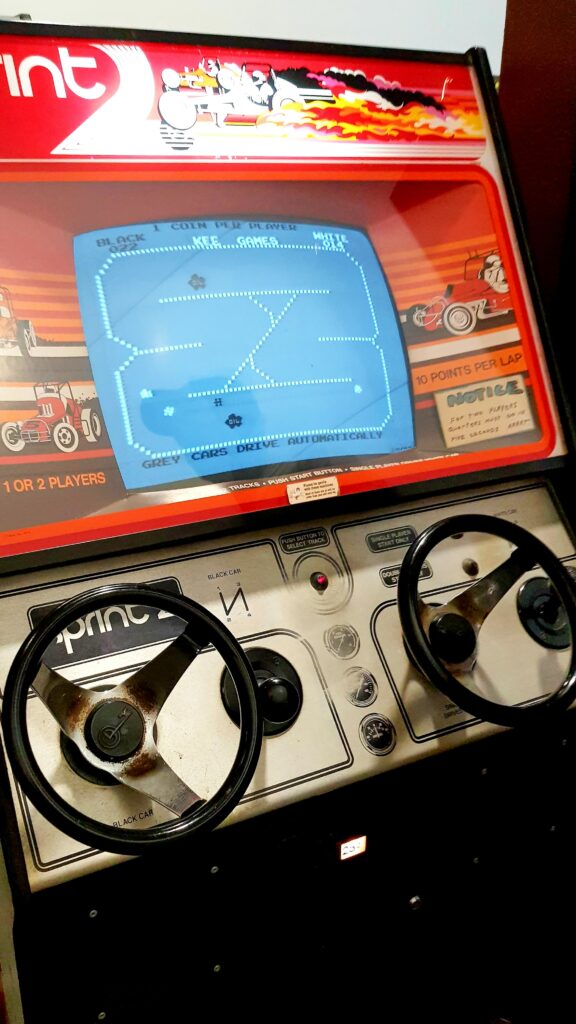
Firstly, it’s essential to understand why proper maintenance of vintage gaming systems is so important. Just like any electronic device, dust, grime, and oxidation can lead to performance issues and potentially cause irreversible damage. Given the age of these consoles, replacement parts can be hard to come by, making prevention the best form of defense. But fear not, with the right knowledge and a little elbow grease, you can ensure your retro console operates as smoothly as it did in its glory days.
A key element to grasp before we go hands-on with cleaning and maintenance is understanding your console’s architecture. Unlike modern consoles, retro systems have unique designs that require specific handling. To assist with this, we’ll take a trip down memory lane, revisiting the anatomy of some of the most iconic retro gaming systems. Having a firm understanding of your console’s construction will aid in safe disassembly, effective cleaning, and successful reassembly.
However, caring for a retro console isn’t just about keeping the insides dust-free. The exterior of these devices often show the signs of years of love and heavy use. Scratches, scuffs, and yellowing can mar the aesthetic appeal of your vintage system. But fear not, with our expert tips, we’ll guide you on how to restore your console’s exterior to its original luster. We’ll cover everything from cleaning methods to retrobrighting, a popular technique used to whiten yellowed plastic.
Lastly, we’ll tackle the equally important topic of preserving and caring for your retro games. These cartridges and discs are just as susceptible to damage as the consoles themselves, and without them, your vintage gaming system is just a shell of its former self. We’ll provide you with proven methods to clean, repair, and store your games to prolong their life.
Whether you’re a seasoned collector or a newbie who just scored your first retro gaming system, this comprehensive guide is designed to equip you with the knowledge and techniques to keep your vintage console running smoothly. So, sit back, get your cleaning kit ready, and let’s breathe new life into your beloved gaming system.
Understanding the Retro Console
The golden era of gaming has left behind some classic consoles that are now considered vintage. These devices are like time capsules, holding a slice of gaming history that is still admired and enjoyed by many today. Understanding the technicalities of these consoles is crucial in ensuring their longevity. The hardware and software of retro consoles were designed in a different era, with different technology, hence why a bespoke approach is necessary when cleaning and caring for them.
Many factors can affect the performance and lifespan of your retro console. These can range from dust and dirt, which can accumulate in the machine over time, to the wear and tear of internal components due to continuous use. It’s also common for the outer casing to become discolored due to sunlight or chemical reactions, and for the console to have outdated connectors that are not compatible with modern TVs.
On the software side, it’s not unusual for old game cartridges to develop issues, such as data loss or corruption. Additionally, many vintage consoles don’t support game saves, meaning that if your game crashes or the console is switched off, all your progress could be lost. This further underscores the importance of maintaining your retro console in good working condition.
Inspecting Your Retro Console
Before you start cleaning your console, it’s essential to thoroughly inspect it first. Check for any visible damage such as cracks or chips in the casing, discoloration, or damaged cables. Also, examine the console’s ports and connectors to see if they are rusty or corroded. These visual checks can give you a good idea of the overall condition of your console, and what areas may require extra attention during the cleaning process.
Another crucial aspect to inspect is the console’s performance. Test it with a few different games to identify any issues such as freezing, graphical glitches, or sound problems. Remember to also check the console’s controllers and accessories, as these can often be a source of problems. For example, a sticky or unresponsive button can significantly detract from the gaming experience.
Once the inspection is complete, you’ll have a better understanding of the task at hand. This is also a good time to gather all the tools and materials you’ll need for the cleaning process. These typically include a soft cloth, compressed air, isopropyl alcohol, cotton swabs, and a set of precision screwdrivers.
Console Cleaning Techniques
Before you start cleaning, it’s important to disconnect the console from any power source to prevent potential electric shocks. Begin by gently removing any loose dust or debris from the console’s exterior with a soft cloth. For more stubborn dirt or stains, you can use a slightly damp cloth, but be careful not to let any water seep into the console.
For the interior of the console, use a can of compressed air to blow out any dust or debris. It’s recommended to do this outside or in a well-ventilated area to avoid breathing in the dust. Avoid using a vacuum cleaner, as this can create static electricity that can damage the console’s electronics.
Next, use isopropyl alcohol and cotton swabs to clean the console’s connectors and ports. Isopropyl alcohol is ideal for this task as it evaporates quickly and leaves no residue. Be gentle and take your time with this step to avoid causing any damage.
For more detailed information on cleaning techniques, I recommend watching the video “How to Clean Your Gaming Console – Inside and Out” by Linus Tech Tips on YouTube. This video offers a step-by-step guide on how to thoroughly clean your gaming console, providing valuable tips and tricks along the way.
Preserving Your Retro Console
Once your console is clean and in good working order, it’s important to take steps to preserve it. One simple way to do this is by storing the console in a cool, dry place when not in use. This can help prevent the accumulation of dust and protect the console from moisture damage. It’s also a good idea to store the console in a protective case or dust cover if possible.
Another tip is to regularly clean your game cartridges. Dust and dirt can easily accumulate on the contacts of the cartridges, which can then be transferred to the console when the game is inserted. Simply wiping the contacts with isopropyl alcohol can help maintain the quality of the games and the console.
Lastly, consider upgrading your console’s cables if they are old or damaged. Many retro consoles use outdated connectors that can be replaced with modern alternatives. This can improve the picture and sound quality of your games, and make the console more compatible with modern TVs.
Professional Restoration Services
If you’re not comfortable cleaning and maintaining your retro console yourself, or if it needs more serious repairs, you may want to consider professional restoration services. These companies have experienced technicians who are familiar with a wide range of vintage consoles and can perform services such as deep cleaning, recapping, and even replacing worn-out components.
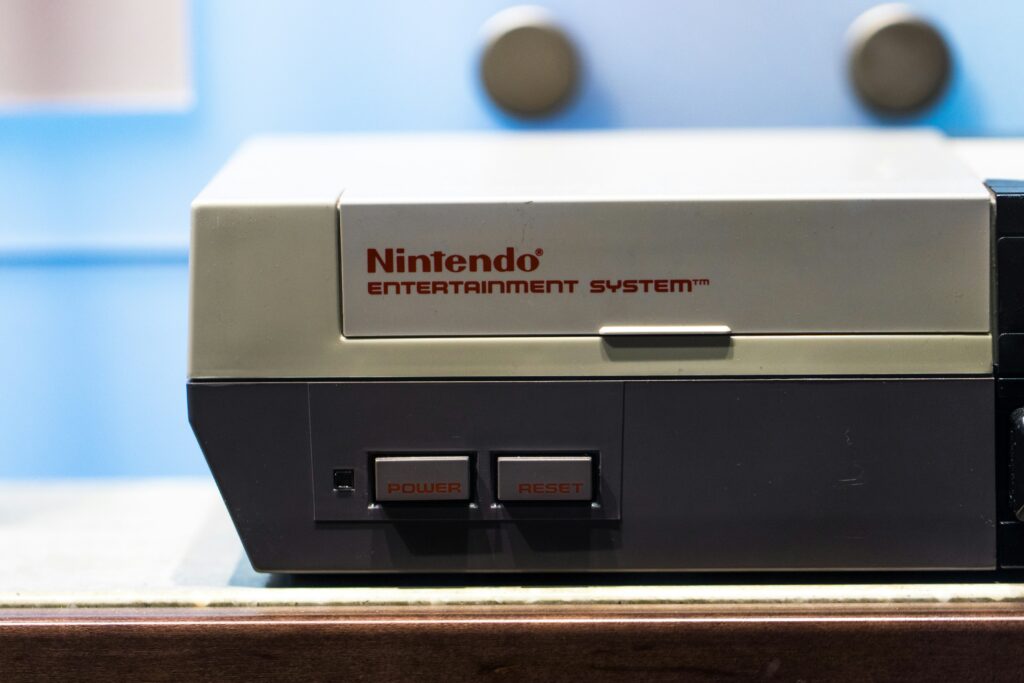
However, it’s important to do your research before choosing a restoration service. Look for companies with good reviews and a proven track record in restoring retro consoles. Be sure to ask about their processes, what parts they use, and if they offer any warranties on their work. This will ensure you’re getting the best service possible for your beloved console.
In conclusion, owning a retro console is like having a piece of gaming history. With the right care and maintenance, these consoles can continue to provide hours of entertainment for many more years to come. So, whether you’re a serious collector or simply enjoy playing classic games, the tips and advice in this guide can help you keep your retro console in top condition.
Resources for Retro Console Enthusiasts
For those looking to delve deeper into the world of retro gaming, there are numerous resources available online. Websites like the Vintage Gaming Network and forums like the AtariAge offer a wealth of information on different consoles, games, and restoration techniques. They also have vibrant communities of enthusiasts who are always willing to share their knowledge and experiences.
Additionally, there are many YouTube channels dedicated to retro gaming. These range from channels that focus on game reviews and history, like Classic Game Room, to channels that offer tutorials on console restoration, like The Retro Future. These can be a great source of inspiration and learning for any retro gaming enthusiast.
So whether you’re a seasoned collector or a newcomer to the retro gaming scene, I hope this guide has provided you with the knowledge and confidence to properly care for your vintage console. Remember, with a little bit of time and effort, you can ensure that your retro gaming system continues to provide enjoyment for many years to come.
Choosing the Right Tools and Cleaning Products
When it comes to cleaning and maintaining your retro console, choosing the right tools and cleaning products can make all the difference. You want to ensure that you’re using items that are safe for your console and won’t cause any damage.
For the exterior of your console, a microfiber cloth is an excellent choice. These cloths are gentle on surfaces and can effectively remove dust and smudges without scratching. To clean the console’s vents and other hard-to-reach places, a can of compressed air can be very useful.
For the console’s connectors and cartridge slots, isopropyl alcohol is the go-to cleaning solution. It’s safe for electronics and evaporates quickly, leaving no residue. To apply the alcohol, you can use cotton swabs or a soft, lint-free cloth.
When it comes to opening up your console for a more thorough cleaning, you’ll need a set of precision screwdrivers. Many retro consoles use specific types of screws, so make sure to research what kind of screwdriver you need before getting started.
Finally, remember that while regular cleaning is important, overdoing it can also be harmful. Cleaning your console too frequently or using excessive force can wear out and damage its components over time. Therefore, it’s best to clean your console only when necessary and always handle it with care.
Regular Maintenance is Key
Regular maintenance is key to preserving the longevity and performance of your retro console. This means regularly checking the console for any signs of wear and tear, keeping it clean, and addressing any issues as soon as they arise.
One common problem with retro consoles is overheating. This can be caused by dust accumulation, so regular cleaning can help prevent this. If your console is still overheating despite being clean, it may have more serious issues that need professional attention.
Another common issue is connectivity problems. This can be caused by dirt or corrosion on the console’s connectors or the game cartridges. Regularly cleaning these components with isopropyl alcohol can help maintain a good connection and prevent such problems.
In addition, it’s important to handle your retro console with care. Always hold it firmly but gently, and avoid dropping it or knocking it against hard surfaces. When not in use, store it in a safe place where it’s not likely to get knocked over or stepped on.
Remember, a little maintenance can go a long way in keeping your retro console in good working order. So treat your console with the respect it deserves, and it will continue to bring you joy for many more years to come.
Conclusion
In conclusion, we have delved deep into the realm of software engineering and information technology, uncovering the intricate facets of these complex yet fascinating domains. Throughout the course of this article, we have dissected and discussed numerous technical concepts, such as data structures, algorithms, and software development methodologies, among others.
We kicked off our journey by examining data structures, their importance, and their application in real-world scenarios. We highlighted how data structures allow us to organize, process, and retrieve data efficiently, essentially acting as the building blocks of any software application.
Next, we delved into the world of algorithms, decoding how these step-by-step procedures form the backbone of any software program. We explored the crucial role they play in problem-solving within the realm of computer science and emphasized their significance in enhancing the performance of applications.
Moving on, we provided an in-depth analysis of various software development methodologies, drawing attention to how they enable the systematic, structured, and efficient creation of software. We discussed different methodologies like Agile, Scrum, and Waterfall, highlighting their unique characteristics, benefits, and potential drawbacks.
Indeed, the field of software engineering and IT is a dynamic and constantly evolving landscape. With rapid technological advancements and increasing digital transformation, the importance and relevance of these topics have become more pronounced than ever.
Furthermore, the ability to comprehend and apply these technical concepts is no longer confined to the realm of software engineers or IT professionals. With technology permeating every aspect of our lives, even individuals from non-technical backgrounds can greatly benefit from a basic understanding of these concepts.
I hope that this article has not only enriched your knowledge but also piqued your interest in the fascinating world of software engineering and IT. I encourage you to dive deeper, explore further, and continue your learning journey. Remember, the more you learn, the more you realize how much there is yet to learn.
If you found this article informative and insightful, please feel free to comment, share, or apply what you have learned. I would also greatly appreciate any feedback or suggestions for future articles.
Finally, I would like to leave you with this quote by Steve Jobs, “Everybody in this country should learn to program a computer…because it teaches you how to think.” Let us continue to learn, grow, and evolve with the dynamic world of technology.
For additional research and resources, I recommend visiting the following links:
(Insert active links here)
Again, thank you for your time and interest. Until next time, stay curious and keep learning.

